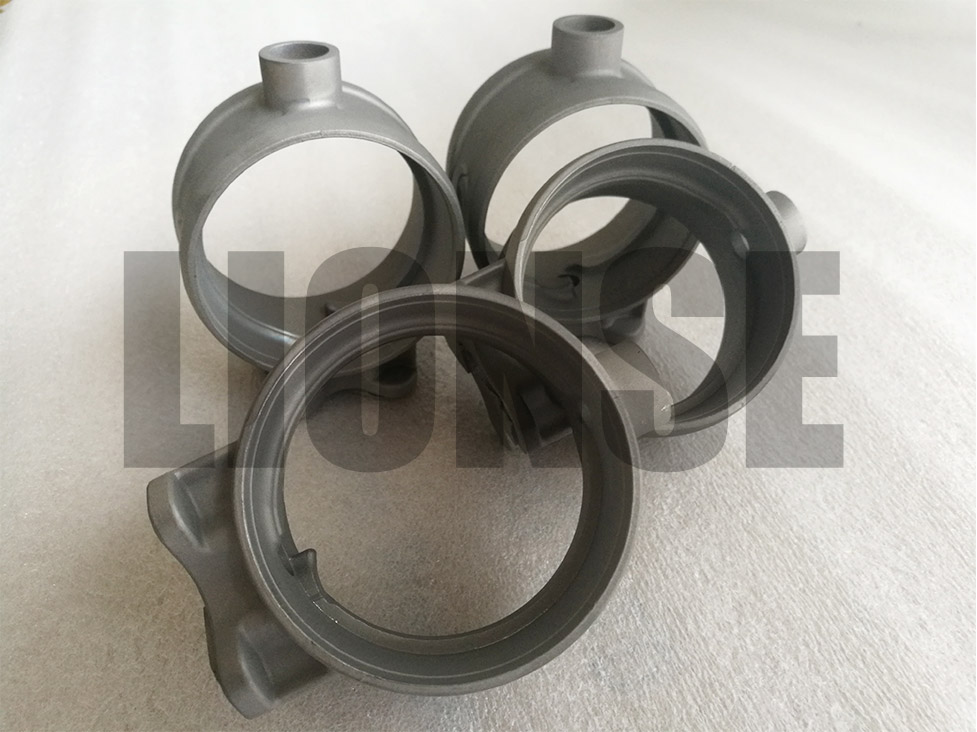

Producing cast titanium components is very challenging because of its extremely unstable nature in its elemental form. In the presence of oxygen, elemental titanium will spontaneously react to form the more stable titanium oxide compounds. This reaction becomes particularly violent at elevated temperatures.
In spite of these challenges, the benefits of titanium for critical aerospace, subsea, and other applications has led to the development of a variety of methods for forming complex shapes in titanium alloys.
· Metal injection molding (MIM) is a good method for small shapes with intricate detail, high precision, and smooth surface finish such as jewelry. MIM involves a costly multi-step process with relatively high initial investment in tooling
· Rammed graphite casting is relatively low cost compared to MIM, as it does not require costly initial tooling investment. Rammed graphite, however, does not produce fine detail, high precision, or smooth surface finish.
· Investment cast titanium achieves an ideal middle ground for most aerospace, and subsea applications. Investment casting produces reasonably fine detail and tolerances at a reasonable cost.

Sould you have questions, the Technical Sales Experts at LIONSE are ready to help. Serving industries and businesses across North America and Canada for more than 15 years, we understand the complexities of alloy piping and the needs of your industry. Email us today for additional information and to find the ideal products for your next project.